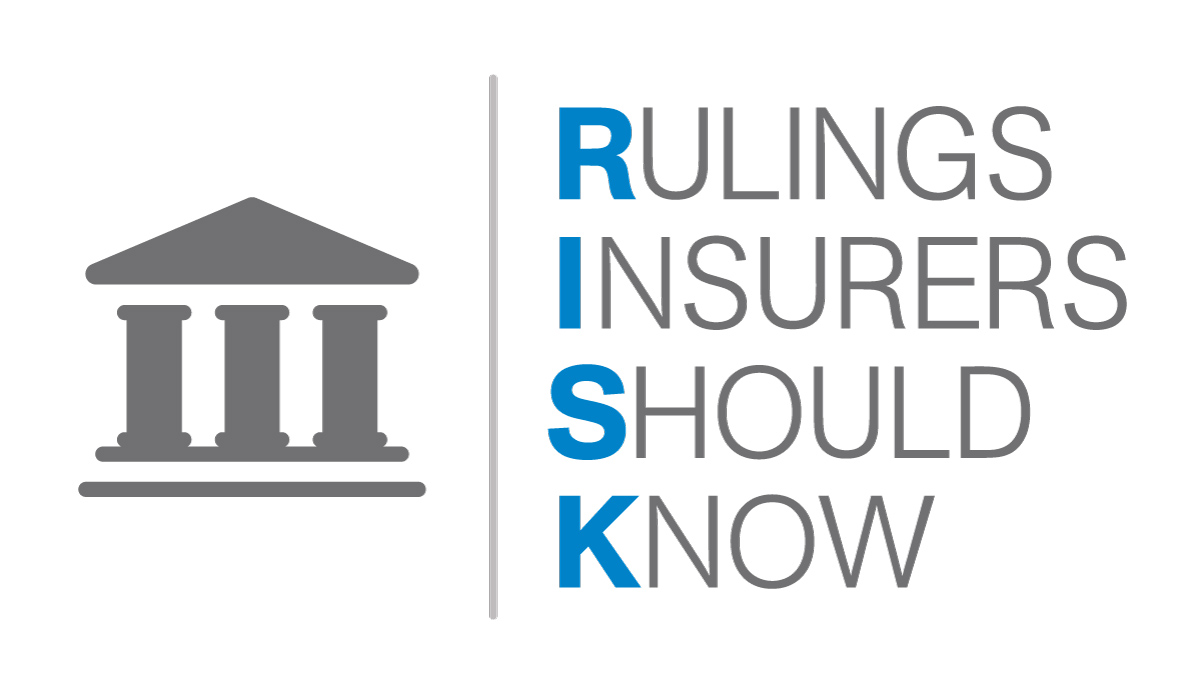Getting What You Bargained For: Interpretation of Lease Terms & Allocation of Risk

Deslaurier Custom Cabinets Inc. V. 1728106 Ontario Inc. et al. 2016 ONCA 246
In this case, Deslaurier Custom Cabinets Inc (the “tenant”) had leased several units in a building belonging to 1728106 Ontario Inc. (the “landlord”). A section of the tenant’s lease required the tenant to obtain insurance coverage for any risk of loss or damage that may happen to its property (“Insurance Policy #1”), and that to the extent that fire damage was not fully insured by such insurance, take out additional insurance to cover any remaining risk. The lease also contained a covenant stating the landlord would indemnify the tenant for any damage to the Premises caused by any act, default or negligence of the landlord. This indemnity was limited by another section of the lease, stating that the tenant was not entitled to claim against the landlord for any loss or damage caused by fire. The terms of the lease required the tenant to make the landlord an additional insured in the tenant’s property damage insurance policies, something the tenant ultimately failed to do.
A fire occurred, causing significant damage to the landlord’s building, the tenant’s property and business. The tenant received payment under Insurance Policy #1 covering only a portion of the losses, and the tenant sued the landlord for the remainder. The matter went to summary judgment where the motions judge held in favour of the tenant, deciding that the tenant’s covenant to insure did not preclude a claim against the landlord, and that the landlord’s indemnity clause operated such that the landlord was to indemnify the tenant. The landlord appealed.
On the issue of the risk allocation under the lease, the Court cited a well-known trilogy of landlord and tenant cases: Smith v. T. Eaton Co., [1978] 2 SCR 749; Cummer-Yonge Investments Ltd. v. Agnew-Surpass Show Stores Ltd., [1976] 2 SCR 221; and Pyrotech Products Ltd. v. Ross Southward Tire Ltd., [1976] 2 SCR 35. When applying the trilogy principles to the case at hand, it flows that if a tenant’s covenant to maintain insurance for damage caused by a specified peril runs to the benefit of the landlord, the covenant relieves the landlord from any liability regarding the specific peril, even if caused by the landlord’s own negligence.
In reviewing the motions judge’s interpretation of the term “Premises” as including the rentable area AND the tenant’s property, the Court held that this interpretation was incorrect as the term was already defined in the lease as referring to only the area of the unit, and the lease provisions drew a clear distinction between the “Premises” and the tenant’s property. Further, if the landlord’s indemnity covenant applied to the tenant’s property, there would be no reason for the lease requirement that the tenant carry insurance to cover the risk of damage to its property caused by fire.
Cronk J.A. held that there was no need to go beyond the words of the lease to determine the legal effect of the tenant’s insurance covenants, the scope of the landlord’s indemnity covenant, or the immunity provision, and that the motions judge had erred in admitting and subsequently relying on the tenant’s extrinsic evidence. This evidence, the landlord’s leases with its other tenants, failed to meet the admissibility prerequisite as set out in Sattva which requires extrinsic information admitted as evidence to be objective that was, or ought to have been, in the knowledge of both parties on or before the date the leases were signed.
The Court held that since the parties agreed under the lease for the landlord to be added as an additional insured, the provision, if honoured, would have served to prevent the tenant’s insurer from making a subrogated claim for the fire losses, affirming the principle that an insurer cannot make a subrogated claim against its own insured. The Court held that under the terms of the insurance covenant in the lease, the tenant contractually assumed the risk of liability, and therefore neither it nor its insurer can recover for loss or damage from the beneficiary of the insurance covenant, here, the landlord.
In allowing the appeal, Cronk J.A. held that the landlord should not bear the burden of the tenant’s failure to obtain adequate insurance coverage for fire damage. The Court stated that the landlord bargained under the lease to be free of liability relating to damage to the tenant’s property or business caused by fire, and that the ultimate financial responsibility lay with the tenant.
What the Insurer Should Know
Where the lease requires the tenant to obtain property insurance naming the landlord as an additional insured, the tenant’s insurer will be unable to pursue a subrogation claim against the landlord even if the landlord is not named as in an additional insured.
 |
|
| Mitch Kitagawa |



